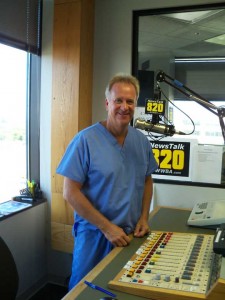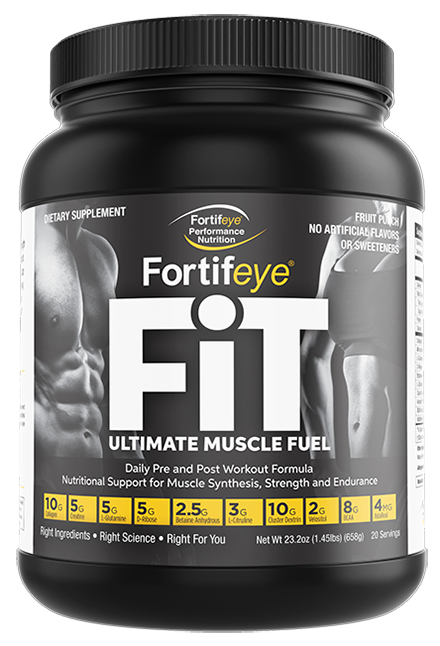Michael Lange OD on Aging: Seeing Better for Longer
Also View Article Here: http://dailydigest.com/20632/michael-lange-od-aging-eye/
Some say the eyes are the first thing to go, but optometrist and certified nutrition specialist Michael Lange OD says they don’t have to be. One of the biggest factors leading to Age Related Macular Degeneration, which is a leading cause of reduced eyesight among people of advanced age, is a lack of necessary vitamins and minerals. He therefore stresses that getting the right vitamins is essential to slowing the aging of the eye and keeping eyesight
The Macula and Age-Related Macular Degeneration
During his time as an optometrist, Michael Lange OD has seen many cases of Age-Related Macular Generation (AMD), but not everyone knows what it means. The macula is the most sensitive part of the retina, which is the part of the back of the eye that receives light and turns it into information to be sent to the brain. If the macula is damaged, vision can become blurred or otherwise distorted.
AMD is the number one cause of vision loss among people 50 or older, and causes problems for the macula. It may occur gradually over the course of years, or it may happen suddenly—and the latter case means greater risk to the eyes, possibly even a risk of blindness. Typically, the condition will manifest itself as a blurry spot in the central vision that can go from a mild irritation to a major impediment to the ability to read, write, or distinguish faces.
As the name implies, the disease is more of a risk for older people—with the risk going up after the age of sixty. Other major risk factors of AMD include smoking and a family history of the condition. People of Caucasian descent are more likely to get it than those of African or Latino descent.
Lange recommends a healthy lifestyle in order to lower the risk of the condition. This lifestyle looks much like the recommended lifestyle for the rest of the body: quit smoking, exercise regularly, and maintain a healthy diet and normal blood pressure and cholesterol levels.
As a nutrition specialist, he’s particularly knowledgeable about the kinds of vitamins and minerals that are good for the eye, so he’s able to recommend a number of necessities for healthy eyes.
Michael Lange OD’s Vitamins for Long-lasting Eyes

While there is no cure or treatment for AMD, patients with intermediate or late AMD can slow the degeneration process by ensuring their diets are rich with certain vitamins and minerals. Those who have not yet begun to notice AMD can still help prevent the disease using these.
Lange points to a thorough study from the National Eye Institute, in which patients with various age-related eye conditions, including AMD, were asked to try a number of vitamins.
The vitamins and their dosages that proved to be clinically are:
– Vitamin C (500 milligrams)—found in plants like fruits and vegetable, though the amount of vitamin C in, say, a piece of fruit depends on a number of factors, such as the climate of growth, soil conditions, preparation, and ripeness.
– Vitamin E (400 international units)—found in several plants, particularly in fruits and oils such as kiwi, mangos, and sweet potato as well as wheat germ and sunflower oil.
– Zinc as Zinc Oxide (25 to 80 mg)—found as a food additive in many breakfast cereals to help people fulfill their need for zinc in their diets.
– Omega-3 Fatty Acids—refers to a series of fats found in plant oils and marine oils. Lange encourages those who typically don’t consume any seafood to try triglyceride form fish oil supplements to ensure they receive these fatty acids.
– Lutein (10 mg)—available in a number of fruits and vegetables naturally, and also as fortifications to other foods.
– Zeaxanthin (2 mg)—the pigment that gives foods like paprika, orange bell peppers and corn their colors. Good sources include several vegetable and eggs.
All of these are available as nutritional supplements that were created based on the study, and Lange encourages even patients who are currently taking multivitamins to also take these supplements, which are typically labeled AREDS for age-related eye disease studies.
Not all vitamins are right for everyone, though, and anyone considering buying extra nutritional supplements should consider first talking not only to an optometrist, but also to a doctor or nutrition specialist. For example, beta-carotene is often considered crucial for eye-health, but Lange advises against it. As a certified nutrition specialist, he knows beta-carotene can be harmful to the body by blocking the absorption of the aforementioned Lutein and Zeaxanthin, and the National Eye Institute’s study has linked the vitamin to an increased risk of lung cancer among smokers. Extremely new science is proving that a relatively high percentage of patients that have specific DNA for macular degeneration will be harmed by taking zinc. Dr. Lange does an in office DNA test on all macular degeneration patients to determine if zinc is good or bad! Dr Lange also believes there are some definite flaws to the AREDS formulas and there are some much better formulas on the market, but he does admit these are better than nothing and are easy to get.
AMD can impair vision, but it doesn’t have to impair lifestyles right away. With the right nutrition, Michael Lange OD says, people can slow the process entirely through natural and healthy means.
ABOUT: When he is not practicing, Lange often connects with patients via social media sites like Pinterest and Facebook. Michael Lange OD is an optometrist and nutrition specialist. He owns both Lange Eye Care and Associates and the Fortifeye Vitamins brand.



